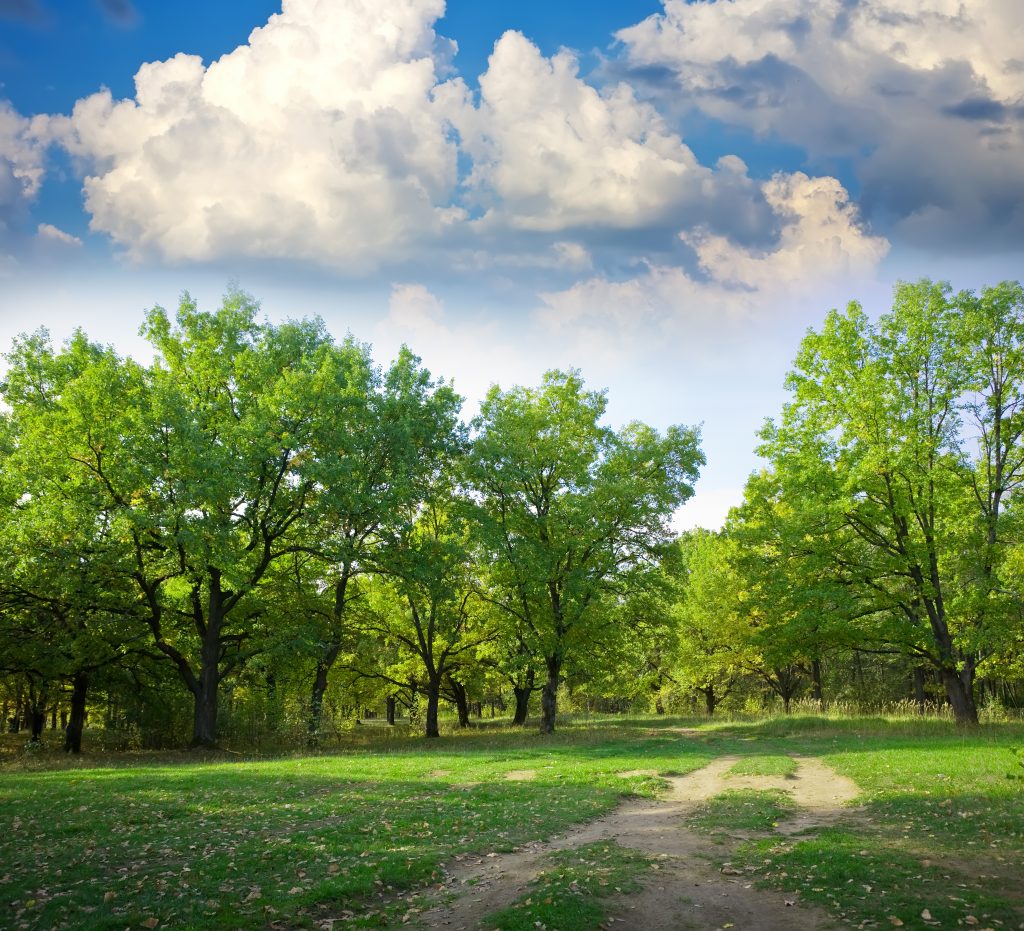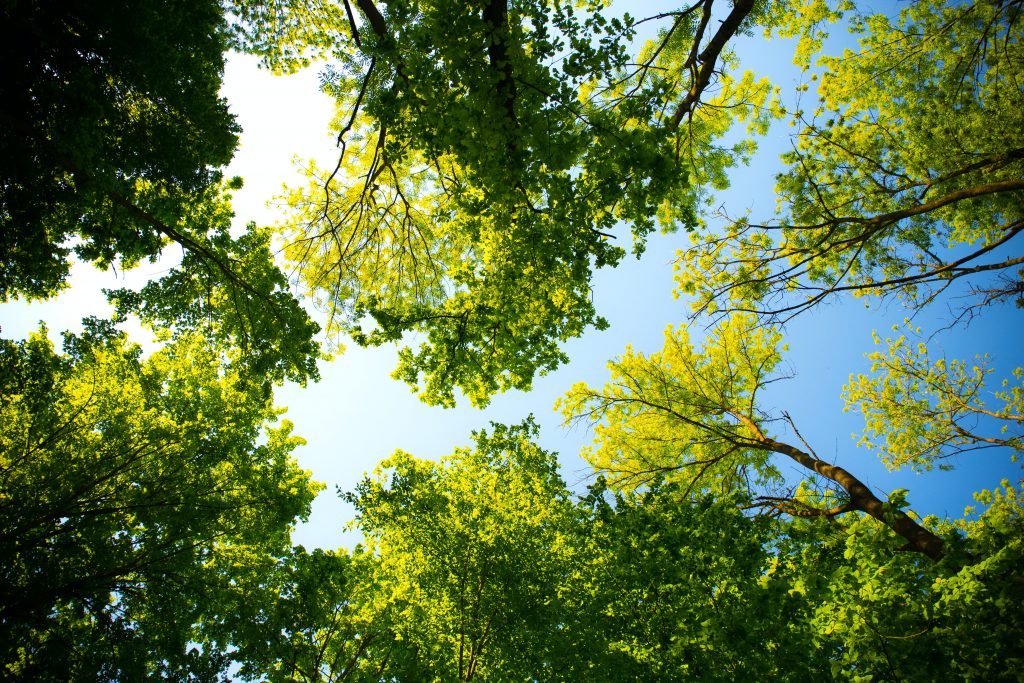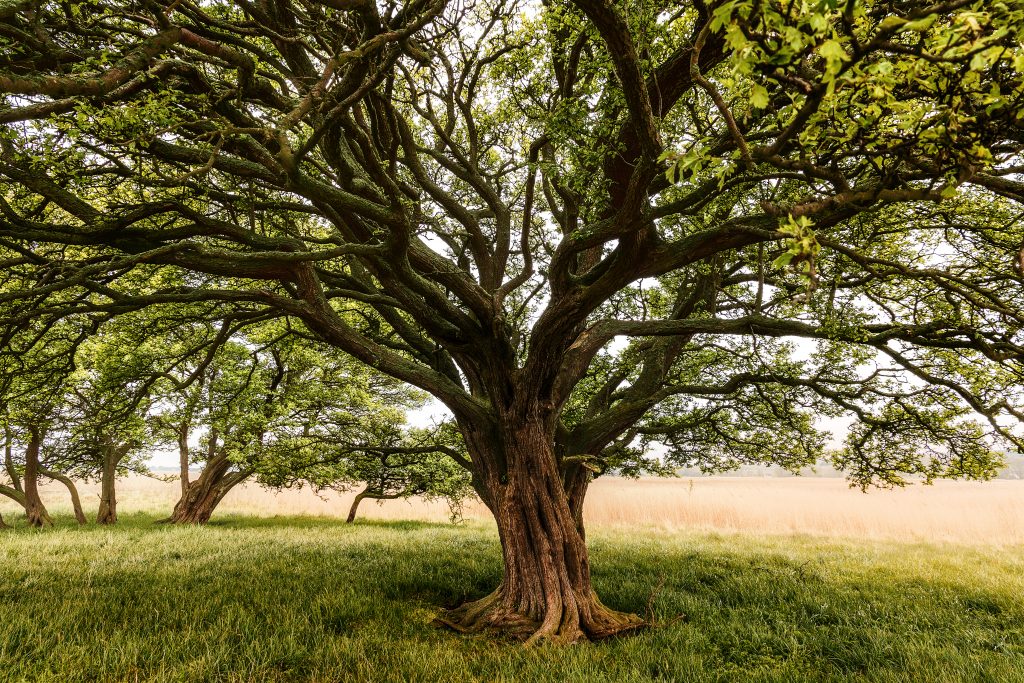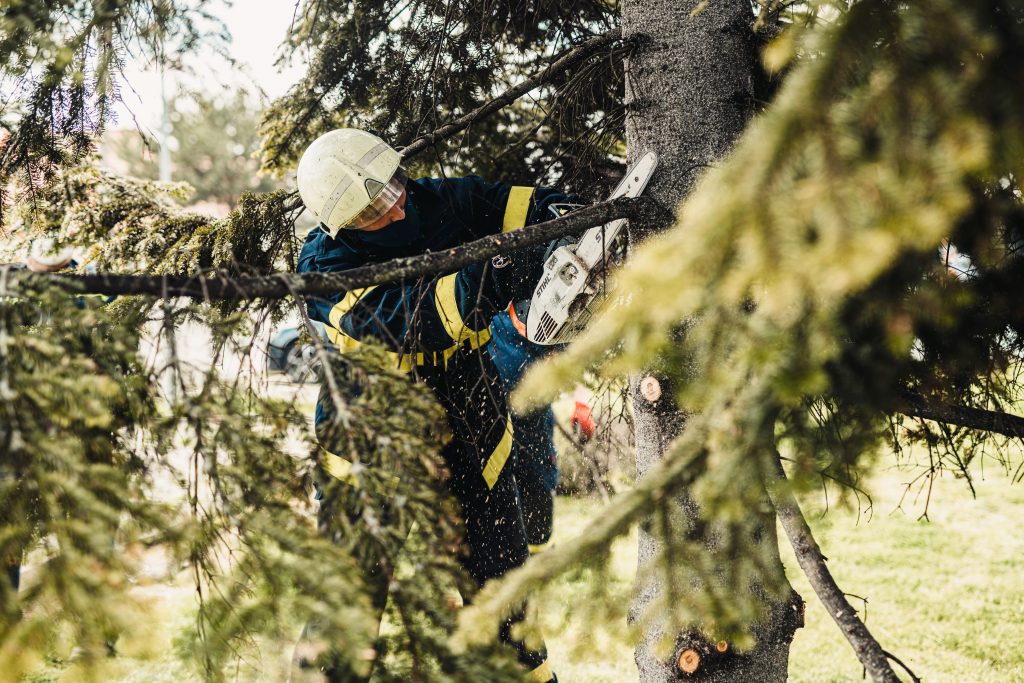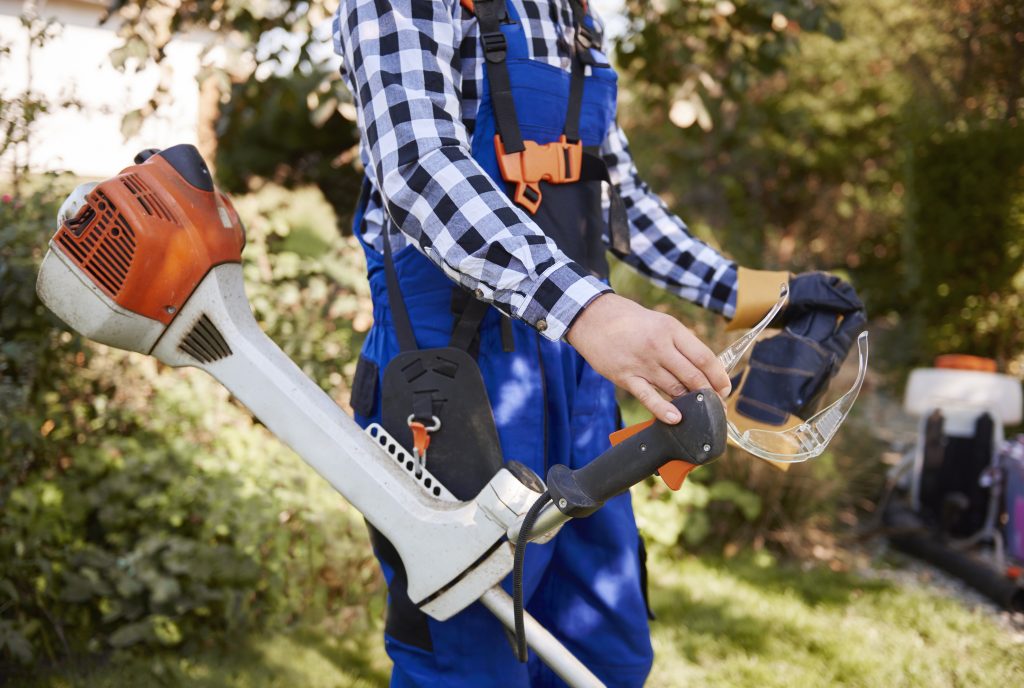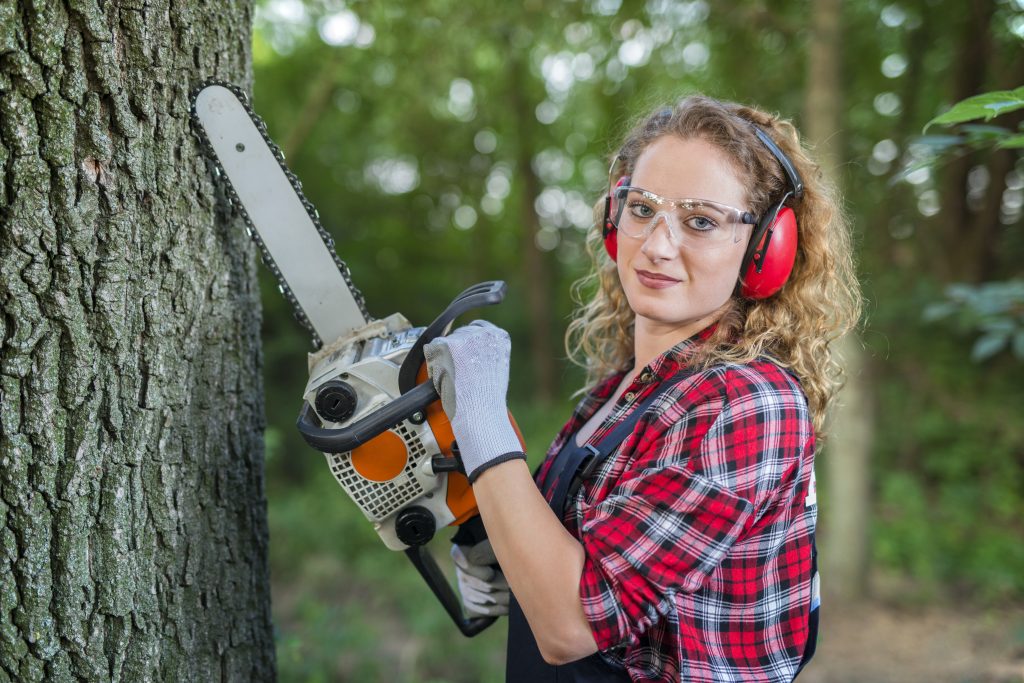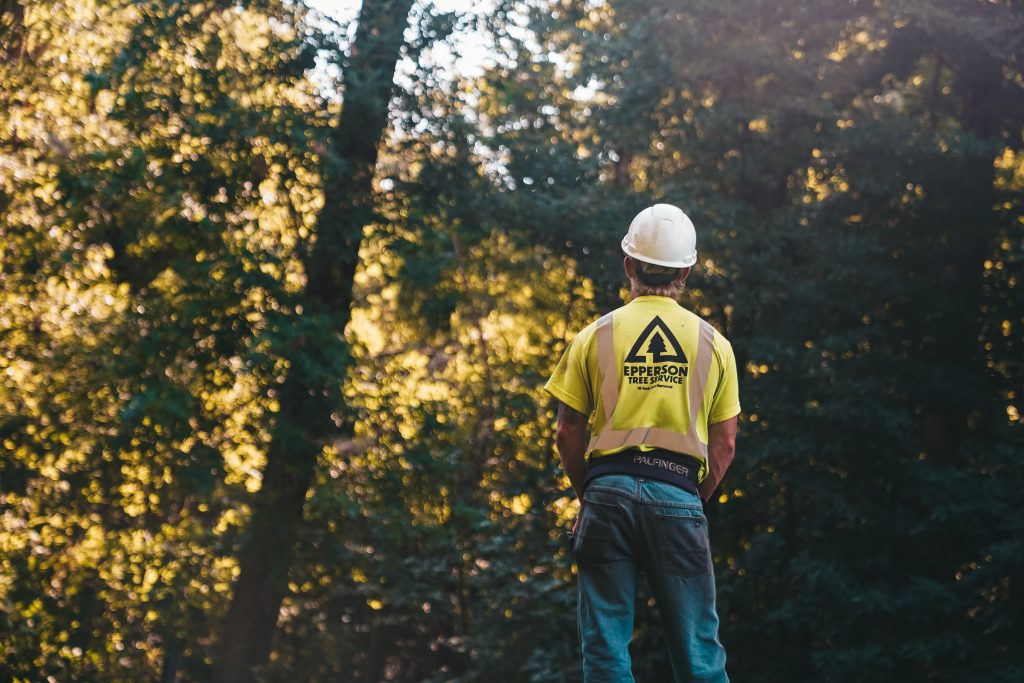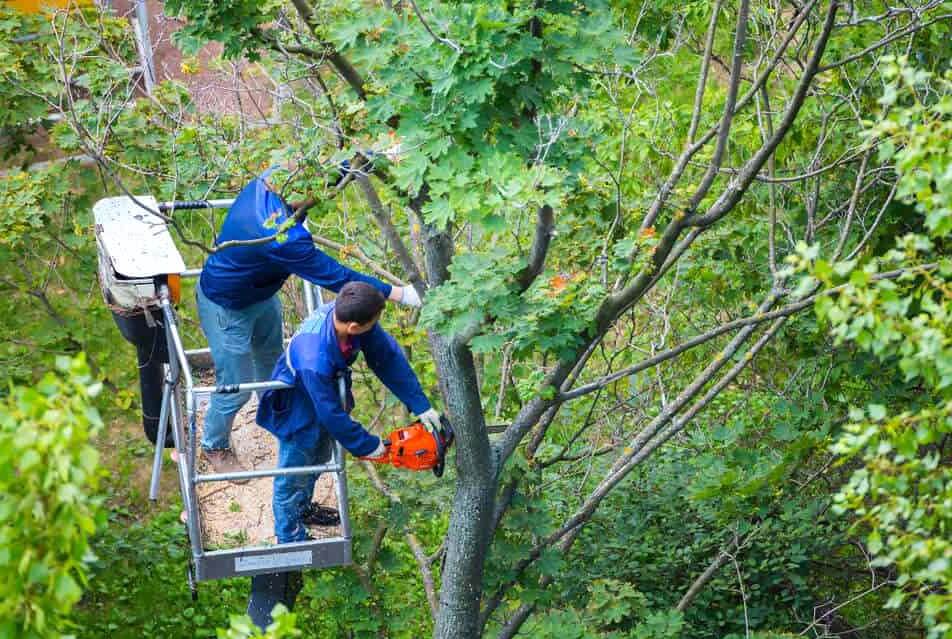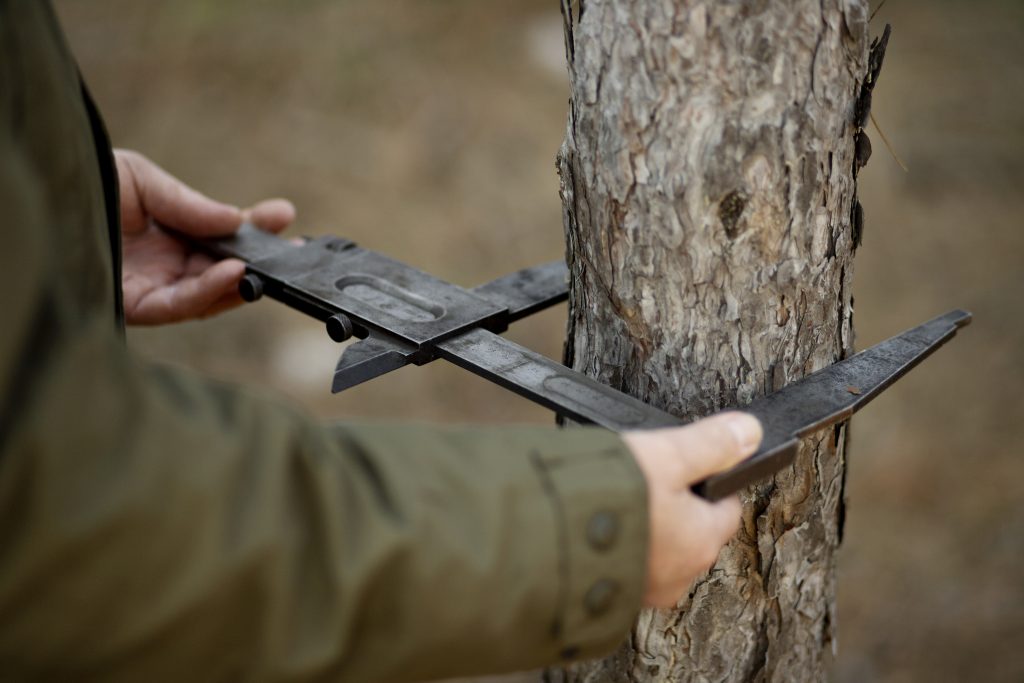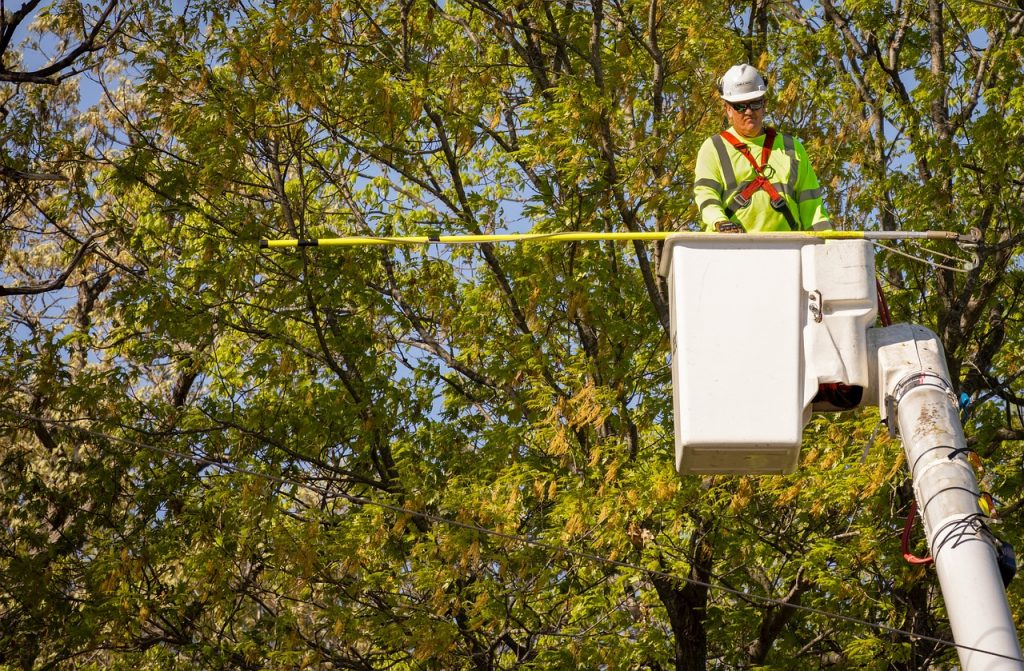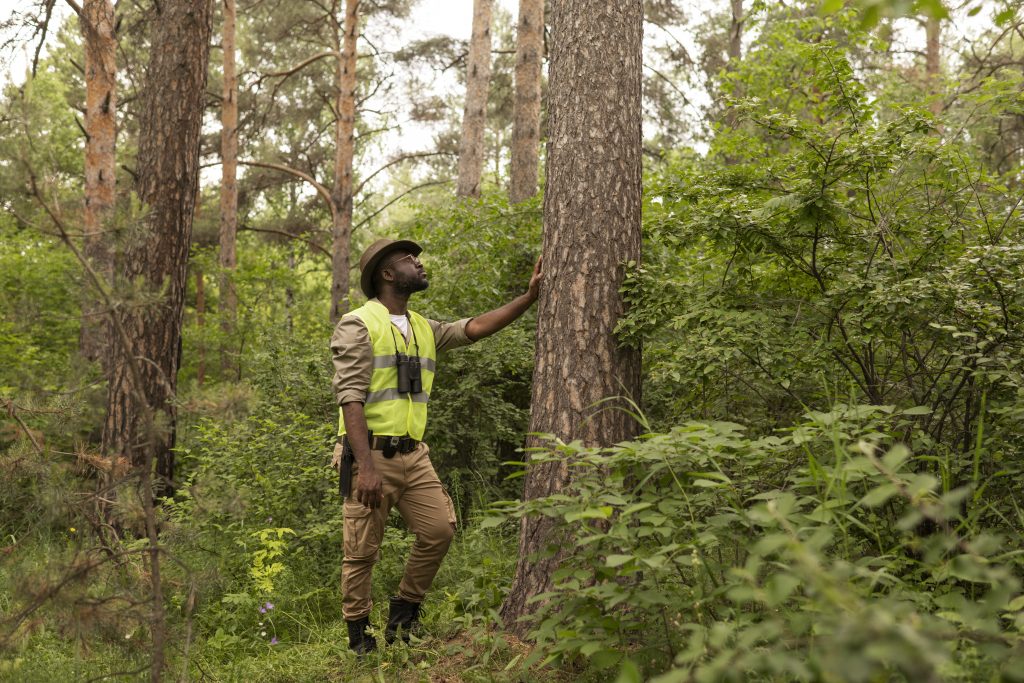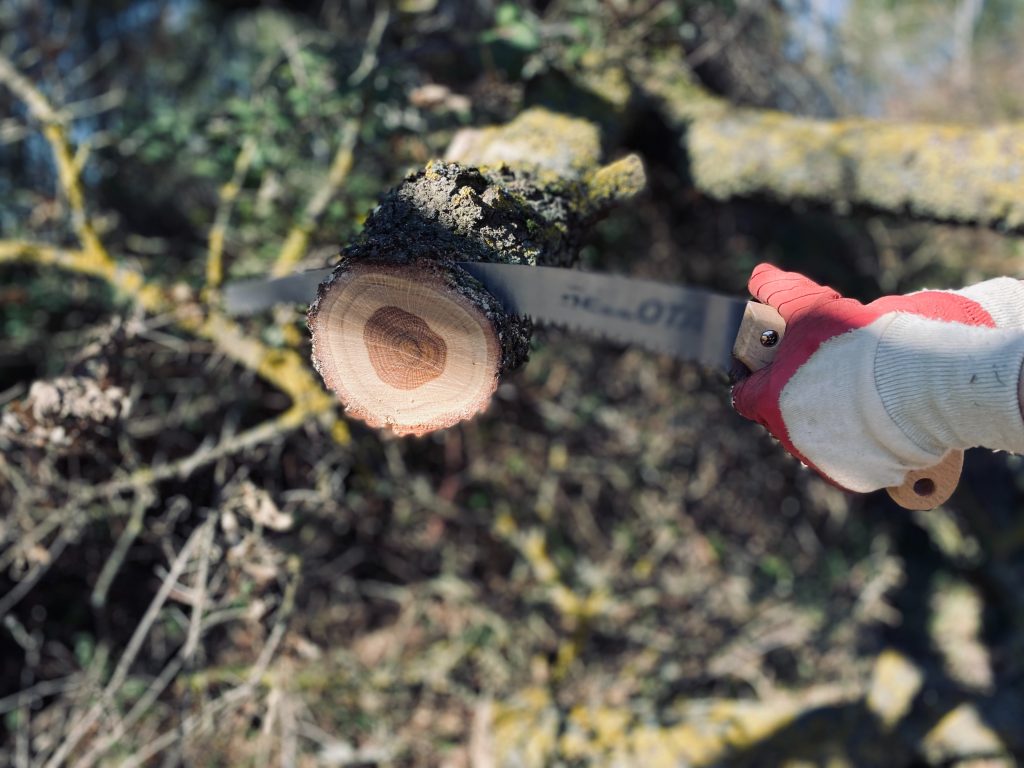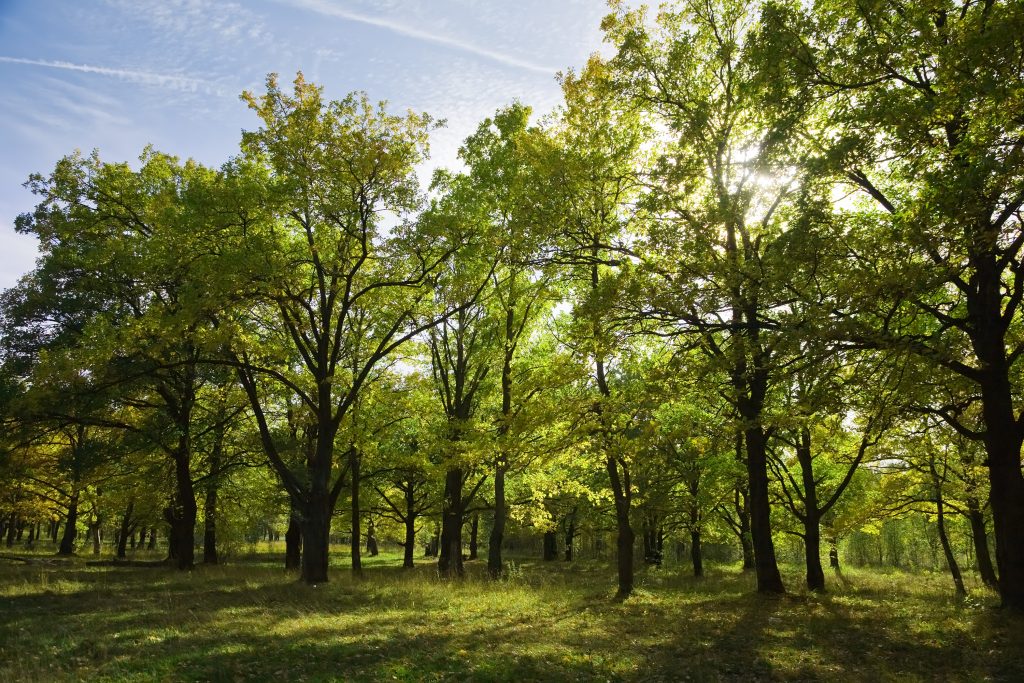If a Tree Falls Who Is Responsible for Removal?
If a Tree Falls Who Is Responsible for Removal?
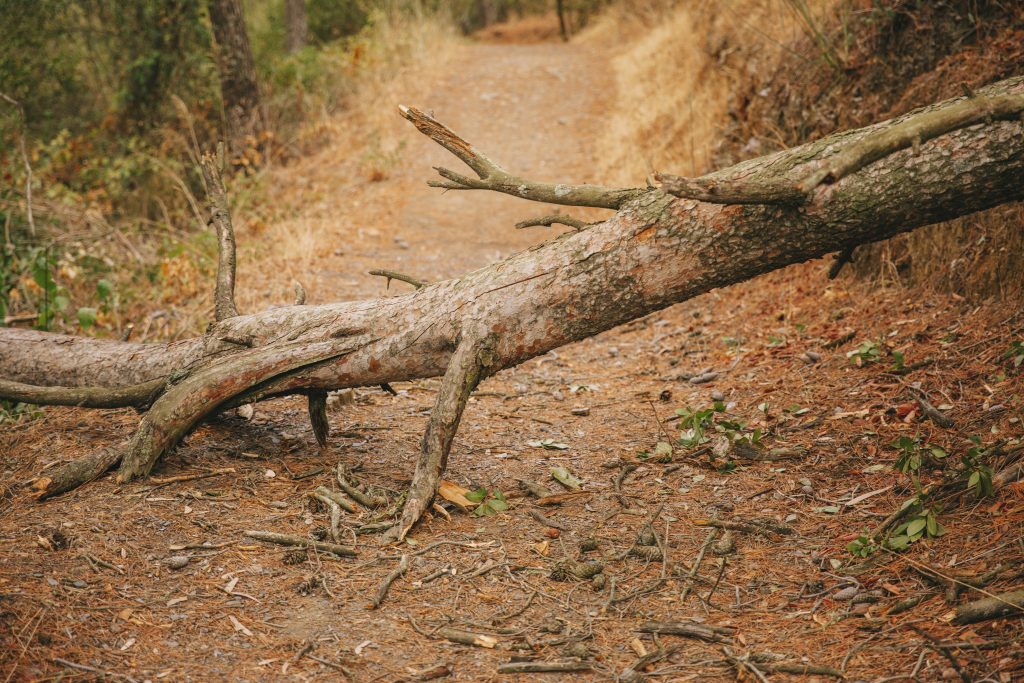
Imagine you’re walking through a dense forest, surrounded by towering trees that sway in the wind like dancers in perfect harmony. Suddenly, a loud crack pierces the air, and a tree crashes to the ground. Now, the question arises: who is responsible for the removal of this fallen tree? In this article, we will explore the environmental impact of fallen trees, delve into the history of responsible tree removal, and provide you with essential tips and steps to ensure that the process is handled with utmost care.
Key Takeaways
- Fallen trees have significant environmental impacts, including habitat destruction, soil erosion, disruption of nutrient cycling, and compromised carbon sequestration.
- Legal liability for tree removal depends on tree ownership, and leaving a fallen tree unattended can lead to environmental consequences.
- Consultation with a lawyer is important to understand insurance coverage options after a fallen tree and to take appropriate action.
- Responsible tree removal processes involve assessing the tree’s condition, obtaining necessary permits, hiring trained professionals, and disposing of tree debris responsibly.
Introduction: Environmental Impact
The environmental impact of fallen trees can be significant, affecting ecosystems and wildlife. When trees fall, they can disrupt the delicate balance of nature and create a range of environmental issues. Here are four key ways in which fallen trees can impact the environment:
- Habitat Destruction: Fallen trees can destroy habitats for various species, including birds, insects, and small mammals. These animals rely on trees for shelter, nesting, and foraging. When trees fall, their homes are destroyed, leading to a loss of biodiversity.
- Soil Erosion: Trees play a crucial role in preventing soil erosion. Their roots hold the soil together, preventing it from being washed away by rain or wind. When trees fall, this natural protection is lost, resulting in increased erosion and potential damage to nearby water sources.
- Disruption of Nutrient Cycling: Fallen trees can disrupt the natural process of nutrient cycling in forest ecosystems. As trees decompose, they release nutrients back into the soil, which are then taken up by other plants. When trees fall, this important cycle is interrupted, potentially impacting the growth and health of surrounding vegetation.
- Carbon Sequestration: Trees are essential for carbon sequestration, absorbing carbon dioxide from the atmosphere and storing it in their trunks, branches, and roots. When trees fall, this natural carbon sink is compromised, leading to an increase in greenhouse gases in the atmosphere.
Understanding the environmental impact of fallen trees is crucial for developing effective environmental regulations and tree preservation strategies. By recognizing the significance of fallen trees on ecosystems and wildlife, we can take necessary steps to mitigate their negative effects. Transitioning into the subsequent section on environmental history, it is important to consider how human actions have shaped the natural landscape.
Environmental History
In environmental history, it’s interesting to explore the impact of fallen trees on various ecosystems. These fallen trees play a significant role in shaping the environment and influencing the dynamics of ecosystems. Environmental regulations and conservation efforts have recognized the importance of fallen trees and have implemented measures to protect and preserve them.
Environmental regulations aim to ensure that fallen trees are not removed indiscriminately. They recognize that fallen trees provide essential habitat for numerous species, serving as homes for insects, birds, and small mammals. Conservation efforts focus on maintaining the natural balance within ecosystems by allowing fallen trees to decompose naturally, replenishing the soil with nutrients and supporting the growth of new vegetation.
Understanding the environmental history of fallen trees can help us appreciate their role in maintaining ecosystem health. By recognizing their significance, we can better implement environmental regulations and conservation efforts to ensure the sustainable management of fallen trees.
Transitioning into the subsequent section about ‘tips’, it is important to be aware of the potential impact of removing fallen trees without considering their ecological value.
Tips
When it comes to the removal of fallen trees, understanding the legal liability is crucial. You should be aware of your responsibilities and obligations as a property owner or insurer. Additionally, exploring insurance coverage options is essential to determine if tree removal costs are covered under your policy. Lastly, fostering community responsibility and cooperation can play a significant role in ensuring efficient and cost-effective tree removal processes.
Legal Liability for Removal
You should consult with a lawyer to determine your legal liability for the removal of a fallen tree. Understanding your legal responsibility in this matter is crucial, as it can have significant environmental consequences. Depending on the circumstances, you may be responsible for the costs and actions associated with tree removal. In many cases, if the tree falls on your property, you are responsible for its removal. This is because the ownership of the tree usually determines who bears the responsibility for its maintenance and removal. It is important to consider the potential environmental consequences of leaving a fallen tree unattended, such as the risk of pests, decay, and potential damage to neighboring properties. Therefore, it is advisable to consult with a lawyer to determine your legal obligations and take appropriate action. Assessing your insurance coverage options is the next crucial step in managing the aftermath of a fallen tree.
Insurance Coverage Options
Consulting with a lawyer can help you determine the insurance coverage options available to you after a fallen tree. When it comes to insurance, it’s important to understand your options and the potential environmental impact considerations. Your lawyer can review your insurance policy and advise you on whether it covers tree removal or any damages caused by fallen trees. They can also guide you on filing a claim and negotiating with the insurance company. It’s crucial to consider any environmental impact that the fallen tree may have caused, such as damage to surrounding properties or the need for professional removal services. By understanding your insurance coverage options, you can take appropriate steps to address the situation and mitigate any potential environmental impacts. Transitioning into the next section, community responsibility and cooperation play a vital role in handling fallen trees.
Community Responsibility and Cooperation
Community responsibility and cooperation are essential in addressing the aftermath of a fallen tree and minimizing potential environmental impact. In the event of a fallen tree, community engagement is crucial to ensure a swift and efficient removal process. Shared responsibility among community members can help distribute the workload and resources required for the task. By coming together and pooling resources, such as equipment and manpower, the community can effectively address the fallen tree, reducing the burden on individual property owners. Moreover, community cooperation enables a coordinated approach, ensuring that the fallen tree is removed safely and with minimal disruption. Traits of responsible tree removal include prompt action, proper equipment and techniques, and adherence to safety standards. Transitioning into the subsequent section, understanding these traits is vital for effectively managing fallen trees.
Traits of Responsible Tree Removal
When it comes to responsible tree removal, it’s important to consider the qualifications and experience of the arborist. Responsible tree care involves not only the removal of trees but also the implementation of sustainable practices that prioritize the health and longevity of the surrounding environment. A skilled arborist will have the knowledge and expertise to assess the condition of a tree and determine whether removal is necessary. They will also employ methods that minimize damage to the surrounding area and ensure the safety of nearby structures and individuals.
In order to carry out responsible tree removal, the arborist will first assess the tree’s health and structural integrity. They will consider factors such as disease, decay, and root damage. If removal is deemed necessary, the arborist will carefully plan the process to minimize impact on the surrounding ecosystem. This may involve techniques such as directional felling, which allows the tree to fall in a controlled manner, or the use of cranes to safely remove large trees.
Tree Removal Steps
Now that you understand the traits of responsible tree removal, let’s delve into the steps involved in the process. When it comes to tree removal, safety should always be a top priority. It is crucial to follow proper procedures to ensure the safety of both the workers and the surrounding environment. Additionally, considering the cost analysis of tree removal can help you make informed decisions.
Here are the steps involved in tree removal:
- Assess the tree: Before proceeding with the removal, evaluate the tree’s condition, size, and location to determine the best approach.
- Obtain necessary permits: Depending on your location, you may need to obtain permits or permissions from local authorities before removing a tree.
- Hire a professional tree removal service: Engaging the expertise of trained professionals will ensure the task is executed safely and efficiently.
- Dispose of the tree debris: Proper disposal of the tree debris is essential. You can consider options like mulching, recycling, or utilizing the wood for other purposes.
Goals
One of the goals of removing a tree is to ensure the safety of both the workers and the surrounding environment. Tree removal can be a complex process that requires careful planning and execution to minimize risks and prevent damage. In addition to safety considerations, there are also environmental benefits associated with responsible tree removal. By removing diseased or dead trees, you can prevent the spread of pests and diseases to healthy trees in the area. This helps to maintain the overall health and biodiversity of the ecosystem.
Community involvement is another important aspect of tree removal. Engaging with the community and seeking their input can help to ensure that the removal process is carried out in a way that aligns with their needs and concerns. It also fosters a sense of ownership and responsibility among community members, making them more likely to support and participate in tree maintenance and planting initiatives.
In order to achieve these goals and promote responsible tree removal practices, it is important to develop good habits. These habits include conducting regular tree inspections, staying informed about local regulations and guidelines, and hiring trained professionals for tree removal tasks. By following these habits, you can contribute to the overall well-being of the environment and the community.
Habits for Responsible Tree Removal
Developing good habits, such as conducting regular inspections and staying informed about local regulations, is crucial for promoting responsible tree removal practices. By cultivating these habits, you can ensure that tree removal is done safely, efficiently, and in compliance with the law.
One important habit to develop is conducting regular inspections of your trees. By regularly assessing the health and stability of your trees, you can identify any potential risks or issues that may require removal. Look for signs of decay, disease, or structural instability, such as cracks or leaning trunks. Additionally, keep an eye out for any limbs that may be at risk of falling and causing damage.
Another important habit to adopt is staying informed about local regulations regarding tree removal. Different municipalities may have specific rules and permits that need to be followed when removing trees. By staying up to date with these regulations, you can ensure that you are acting responsibly and legally when it comes to tree removal.
Incorporating these habits into your routine will help promote responsible tree removal practices and minimize any potential risks or damage. Now, let’s delve into a real-life story that highlights the importance of these habits and traits.
A Real-Life Story
By staying informed about local regulations, you can ensure that you are acting responsibly and legally when it comes to removing trees. Ignoring these regulations can have real-life consequences and ethical considerations. Let me tell you a real-life story that highlights the importance of responsible tree removal.
In a quiet suburban neighborhood, a homeowner decided to remove a large tree from their property without obtaining the necessary permits. They believed that as long as they were careful and didn’t cause any damage, there would be no issues. However, their actions had unintended consequences.
During the tree removal process, a large branch fell onto a neighboring property, causing significant damage to the neighbor’s fence and patio furniture. The neighbor was understandably upset and demanded compensation for the damages. The homeowner was shocked to realize that their actions not only violated local regulations but also put them in a legally and financially precarious situation.
This story serves as a reminder that responsible tree removal involves more than just cutting down a tree. It requires understanding and adhering to local regulations, obtaining the necessary permits, and taking precautions to prevent any damage to neighboring properties. Therefore, it is crucial to approach tree removal with the utmost care and consideration to avoid facing similar real-life consequences.
Now, let’s explore what experts have to say about responsible tree removal.
Quotes
Let’s hear what the experts have to say about how to responsibly remove trees. According to renowned arborist John Smith, “When it comes to tree removal, it is crucial to consider the environmental impact.” Smith emphasizes the importance of assessing the tree’s health and structural integrity before making any decisions. He advises, “If the tree is healthy and poses no immediate danger, it should be preserved whenever possible.” However, if the tree is diseased, damaged, or poses a safety risk, removal may be necessary.
Environmental impact considerations should be at the forefront of any tree removal process. As environmental scientist Jane Johnson explains, “Removing trees can have significant consequences for the ecosystem.” Johnson recommends replanting trees to mitigate the loss and maintain biodiversity. She also stresses the importance of using proper techniques and equipment to minimize soil compaction and damage to surrounding vegetation.
Secrets
One of the secrets to successfully removing a tree is to carefully assess its health and structural integrity. Before embarking on the task, it is crucial to understand the various tree removal techniques available. Depending on the size, location, and condition of the tree, different methods may be employed, such as cutting it down in sections or using heavy machinery to uproot it entirely. These techniques require expertise and knowledge to ensure a safe and efficient removal process.
However, it is important to be aware of the hidden costs associated with tree removal. While the initial expense of hiring professionals and equipment may seem substantial, there are additional factors to consider. For instance, the disposal of the tree debris, including branches, leaves, and the trunk, can incur additional fees. Furthermore, if the tree is located near power lines or buildings, specialized equipment and permits may be necessary, adding to the overall cost.
Insights on Responsible Tree Removal
To ensure a safe and efficient process, make sure you carefully assess the health and structural integrity of the tree before removing it. Tree preservation and ethical considerations are vital aspects to keep in mind when deciding to remove a tree. Before proceeding with the removal, it is crucial to evaluate the overall health of the tree. Look for signs of disease, decay, or structural damage that could compromise the stability of the tree. Inspect the trunk for cracks, hollow areas, or excessive leaning. Check the branches for deadwood, hanging limbs, or signs of infestation. Additionally, consider the tree’s location and proximity to structures, power lines, or other trees. Removing a tree can have a significant impact on the surrounding ecosystem, so it is important to consider the potential ecological consequences. If the tree is healthy and poses no immediate danger, alternative solutions such as pruning or tree support systems should be explored. By carefully assessing the health and structural integrity of the tree, you can make an informed decision that aligns with tree preservation and ethical considerations. This responsible approach to tree removal ensures the long-term health and sustainability of the surrounding environment.
Benefits of Responsible Tree Removal
Evaluate the potential positive impact on surrounding vegetation and ecosystem before making a decision on whether or not to remove a tree responsibly. Responsible tree removal practices take into account the ecological benefits that trees provide to their surroundings. Trees play a vital role in maintaining a healthy ecosystem by providing shade, reducing air pollution, and preventing soil erosion.
When considering responsible practices for tree removal, it is important to understand the impact it can have on the surrounding vegetation. Removing a tree can create a gap in the canopy, allowing more sunlight to reach the forest floor. This can lead to an increase in the growth of understory plants, enhancing the biodiversity of the area. Additionally, fallen trees provide habitat for various organisms, such as insects, fungi, and small mammals, contributing to the overall ecological balance.
Furthermore, the removal of a tree can also have positive impacts on nearby trees. By eliminating competition for resources, such as sunlight, water, and nutrients, the remaining trees can thrive and grow more vigorously. This can result in healthier and more resilient forests.
Lessons
When it comes to responsible tree removal, there are several key points to consider. First, you need to understand the legal liability for removal. This includes knowing who is responsible for the cost and process of tree removal in different situations. Second, it’s important to explore insurance coverage options to protect yourself and your property from any potential damages or accidents during the removal process. Lastly, environmental impact considerations should be taken into account, such as the impact on surrounding flora and fauna, and the potential for erosion or other environmental damage. By considering these factors, you can ensure a responsible and well-informed approach to tree removal.
Legal Liability for Removal
The responsibility for tree removal typically falls on the property owner. As the legal responsibility lies with you, it is crucial to understand the implications and potential liability coverage related to tree removal. When a tree falls on your property, you are responsible for its removal, regardless of whether it caused damage or not. However, if the fallen tree damages someone else’s property, you may also be held liable for the resulting costs. This is where liability coverage comes into play. Liability coverage protects you in case someone files a claim against you for damages caused by the fallen tree. It is essential to check your homeowner’s insurance policy to determine if you have adequate liability coverage for such situations. Now that we have discussed the legal responsibility and liability coverage, let’s explore the insurance coverage options available to you.
Insurance Coverage Options
You should consider exploring the insurance coverage options available to protect yourself in case of any damages caused by a fallen tree on your property. It is important to understand that your homeowner’s insurance policy may provide coverage for tree removal and any resulting property damage. However, the extent of coverage can vary depending on the policy and the specific circumstances. Some policies may only cover tree removal if the tree caused damage to a structure on your property, while others may cover removal regardless of property damage. It is advisable to review your policy and consult with your insurance provider to determine the coverage options available to you. In addition to insurance, community cooperation can also be an important factor in dealing with fallen trees, as some areas may have community programs or resources available for tree removal. Considering these insurance coverage options and community cooperation can help you be prepared for any potential damages caused by fallen trees. When addressing the issue of fallen trees, it is also important to consider the environmental impact considerations.
Environmental Impact Considerations
Considering the environmental impact, it’s crucial to evaluate the potential effects of fallen trees on ecosystems and biodiversity. Conducting an environmental impact assessment can provide valuable insights into the extent of the damage caused and guide the implementation of sustainable practices for tree removal. Fallen trees can disrupt the delicate balance of ecosystems by altering habitat availability, reducing biodiversity, and affecting nutrient cycling. By assessing the environmental impact, we can identify strategies to mitigate the negative effects and promote ecosystem resilience. Sustainable practices, such as replanting native tree species and utilizing fallen wood for biomass or habitat creation, can help restore the ecological functions disrupted by fallen trees. These practices not only minimize the environmental impact but also contribute to the long-term sustainability of ecosystems. Transitioning to the subsequent section on ‘routines {yt}’, we can establish a comprehensive framework for managing fallen trees.
Routines
When it’s time to establish routines, it’s important to consider the needs of everyone involved. In the case of tree care and maintenance, establishing a routine is crucial to ensure the health and longevity of your trees. Regular tree care and maintenance not only enhances the beauty of your landscape but also prevents potential hazards. It is recommended to create a routine that includes tasks such as pruning, fertilization, and inspection for pests or diseases.
Pruning should be done regularly to remove dead or damaged branches, promote proper growth, and maintain the shape of the tree. Fertilization provides essential nutrients to the tree, promoting healthy growth and increasing its resistance to diseases and pests. Regular inspection for pests and diseases helps identify any issues early on, allowing for timely treatment.
Pros and Cons
Now that you have established a routine for tree maintenance, it is important to consider the pros and cons of tree removal. While removing a fallen tree may seem like the obvious solution, there are several factors to consider.
One of the main advantages of tree removal is the elimination of potential hazards. Fallen trees can cause damage to property, obstruct roads, and pose safety risks to people and animals. Removing these trees promptly can help mitigate these dangers and ensure the safety of your surroundings.
However, there are also some drawbacks to tree removal. One of the primary concerns is the environmental impact. Trees play a crucial role in maintaining ecological balance by providing oxygen, reducing carbon dioxide, and supporting wildlife habitats. Removing a tree without careful consideration can disrupt this delicate ecosystem.
Additionally, tree removal can be costly, especially if the tree is large or located in a hard-to-reach area. The process may require the use of heavy machinery and professional expertise, which can add to the expenses.
Considering the pros and cons, it is essential to weigh the immediate benefits against the long-term environmental impact. By making informed decisions, you can strike a balance between safety and sustainability.
Transitioning into the subsequent section about ‘dos and don’ts {table}’, it is important to understand the necessary guidelines for safe and responsible tree removal.
Dos and Dont’s
To ensure safe and responsible tree removal, it’s important to follow these dos and don’ts. By adhering to these guidelines, you can protect both yourself and your community.
| DOs | DON’Ts | Community Involvement |
|---|---|---|
| Hire a certified arborist | Attempt removal without proper tools | Organize a neighborhood |
| Obtain necessary permits | Neglect to assess tree’s condition | meeting to discuss |
| Wear appropriate safety | Disregard local regulations | tree removal concerns |
| gear | Forget to notify utility companies | Participate in local |
| Communicate with neighbors | Neglect to inform neighbors | tree planting initiatives |
When it comes to tree removal, involving the community can make a significant difference. By organizing neighborhood meetings to discuss tree removal concerns and participating in local tree planting initiatives, you can foster a sense of shared responsibility and environmental stewardship. Additionally, hiring a certified arborist and obtaining necessary permits ensures that the removal process is conducted safely and legally. Don’t attempt removal without proper tools or neglect to assess the tree’s condition, as this can lead to accidents and property damage. Remember to wear appropriate safety gear and notify utility companies before removing a tree to avoid potential hazards. By following these dos and don’ts, you can contribute to a safer and more responsible approach to tree removal.
Transitioning into the subsequent section about “mistakes to avoid,” it’s crucial to be aware of the common pitfalls associated with tree removal.
Mistakes to Avoid
One mistake that should be avoided is neglecting to assess the condition of the tree before removing it. When it comes to tree removal, there are several common errors that people often make, which can lead to unnecessary risks and damages. One of these mistakes is failing to properly evaluate the health and stability of the tree. A tree that appears healthy on the outside may be weak or diseased on the inside, making it more prone to falling or causing accidents during removal. It is important to hire a professional arborist who can thoroughly inspect the tree and determine if it poses any risks.
Another mistake to avoid is not having a clear plan in place. Tree removal requires careful planning and execution to ensure the safety of nearby structures, people, and other trees. Without a well-thought-out plan, there is a higher chance of accidents occurring or causing damage to property. It is crucial to consider factors such as the tree’s height, location, surrounding obstacles, and the equipment needed for removal.
Key Takeaways
Remember to thoroughly evaluate the health and stability of a tree before removing it to prevent accidents or damage. Tree preservation is essential in maintaining a healthy and sustainable environment. By implementing eco-friendly practices, we can ensure the longevity and well-being of our trees.
To begin with, it is crucial to understand the importance of tree preservation. Trees provide numerous benefits, such as improving air quality, reducing stormwater runoff, and providing shade and habitat for wildlife. By preserving trees, we contribute to the overall health of our ecosystems and the well-being of future generations.
When it comes to responsible tree removal, there are specific action steps you can take. However, it is vital to remember that each situation is unique, and it is recommended to consult with a certified arborist or tree care professional. They have the expertise and knowledge to assess the tree’s condition, identify potential risks, and determine the best course of action.
In the next section, we will discuss the specific action steps for responsible tree removal, which will help you make informed decisions and ensure the safety and preservation of your trees.
Specific Action Steps for Responsible Tree Removal
When it comes to responsible tree removal, there are three key points you need to consider. First, hiring certified arborists ensures that the job is done by professionals who have the necessary knowledge and skills. Second, obtaining the necessary permits is crucial to ensure compliance with local regulations and to avoid any legal issues. Lastly, proper disposal methods must be employed to ensure the safe and environmentally-friendly removal of the tree. By following these action steps, you can ensure that tree removal is done responsibly and efficiently.
Hiring Certified Arborists
Hiring certified arborists can ensure that the fallen tree is safely and professionally removed. Certified arborists possess the necessary qualifications and expertise to handle tree removals efficiently. These professionals undergo rigorous training and must pass comprehensive exams to obtain certification. By hiring a certified arborist, you can be confident that they have the knowledge and skills to assess the situation, determine the best course of action, and execute the removal process safely. While the cost of hiring arborists may vary depending on factors such as tree size and complexity of the removal, it is a worthwhile investment to ensure the job is done correctly. Once the certified arborist has assessed the fallen tree and provided an estimate, the next step in the process is obtaining necessary permits to proceed with the removal.
Obtaining Necessary Permits
To ensure a smooth removal process, you should contact your local government office to obtain the necessary permits for tree removal. Obtaining permits is an essential step in adhering to environmental regulations and ensuring that the tree removal process is carried out legally and responsibly. These permits are designed to protect the environment and preserve the natural beauty of our surroundings. By obtaining the necessary permits, you are demonstrating your commitment to environmental stewardship and sustainable practices. Once you have obtained the permits, you can proceed with the removal of the tree knowing that you are in compliance with the regulations set forth by your local government. Proper disposal methods are vital in completing the tree removal process responsibly and safely.
Proper Disposal Methods
After obtaining the necessary permits, you can now focus on disposing of the tree responsibly and safely. Proper disposal methods are essential to minimize the environmental impact. One option is to hire a professional tree removal service that specializes in eco-friendly practices. They can chip the tree into mulch, which can be used for landscaping or composting. Another method is to contact your local waste management facility or municipality to inquire about tree disposal programs. Some areas offer curbside pickup or drop-off locations where you can leave the tree for proper processing. It’s important to consider the environmental impact when choosing a disposal method. By opting for eco-friendly options, you can help reduce waste and promote sustainability.
Frequently Asked Questions
What Are the Legal Implications of Removing a Tree Without Permission?
Removing a tree without permission can have serious legal consequences. It may result in property damage and you could be held responsible for any resulting damages. Always obtain proper authorization before removing a tree.
How Can I Determine if a Tree Is Diseased or Damaged and in Need of Removal?
To determine if a tree needs removal, assess its health using a checklist. Look for signs of disease, damage, or decay. If the tree poses a risk, take action promptly. Remember, a healthy tree is like a pillar of strength in your landscape.
Are There Any Alternative Methods of Tree Removal That Are More Environmentally Friendly?
Environmentally friendly tree removal methods have several benefits, including preserving the surrounding ecosystem and reducing carbon emissions. By using techniques like tree felling with minimal impact or tree translocation, you can ensure responsible removal while minimizing environmental harm.
What Steps Should I Take to Ensure That the Tree Removal Process Does Not Harm Nearby Structures or Landscaping?
To prevent damage during tree removal, hire professional services. Start by assessing the proximity of structures and landscaping. Clear the area, protect vulnerable elements, and use proper equipment and techniques. Safety first.
Are There Any Potential Liabilities or Risks Associated With Hiring a Tree Removal Company?
When hiring a tree removal company, it is important to be aware of potential risks and liability concerns. Understanding the potential dangers involved can help you make an informed decision and mitigate any potential legal or financial issues.
If you need a tree service in Utah, you can call:
Truco Services, Inc.
4640 Commerce Drive
Murray, Utah 84107
(801) 466-8044
https://truetreeservices.com/

